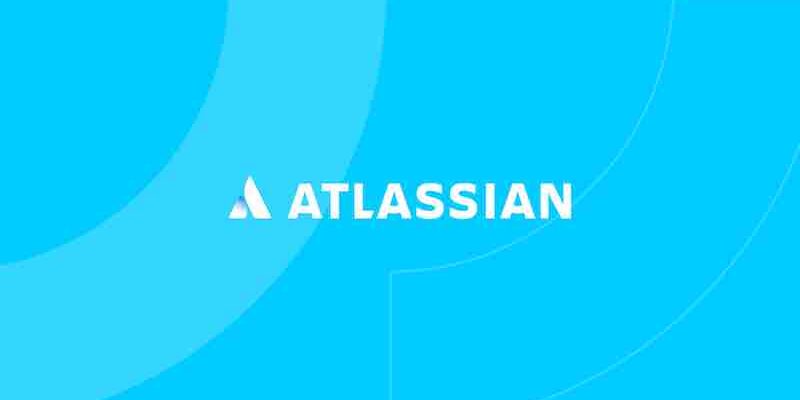Writing clean code is essential because it can make a software system more maintainable and easier to understand. When code is well-organized and easy to read, it is easier for developers to know how the system works and make changes when needed. This can save time and effort, as developers […]
Devamını Oku
The article lists seven skills the most successful people continuously strive to improve. These skills are writing, public speaking, problem-solving, practicing generosity, negotiating, keeping their ego in check, and building emotional intelligence. The author explains why each skill is important and how it contributes to success. The article emphasizes that […]
Devamını Oku
Scrum is a popular Agile methodology used in product development, which involves a series of sprints that are continuously improved based on feedback from customers, stakeholders, and team members. The sprint planning meeting is an opportunity for the entire team to come together and decide on the work they hope […]
Devamını Oku
Scrum provides a simple yet powerful framework for creating and delivering valuable products. The key to success with scrum is understanding and embracing the scrum values, principles, and practices and using them to build great products that delight your customers. Scrum Events Scrum utilizes four events to keep the work […]
Devamını Oku
Measuring the performance of remote teams is essential to ensure that projects are on track and team members are productive. In an agile environment, metrics can help teams identify areas for improvement and make data-driven decisions. Here are some ways to measure the performance of remote units in an agile […]
Devamını Oku
Managing a remote team can be challenging, as it requires a different approach than working with a team in a traditional office setting. Effective remote team management involves various skills and strategies, including building trust, maintaining engagement, and leading effectively. We will discuss critical management skills and techniques to lead […]
Devamını Oku
Agile software development methodology emphasizes collaboration, flexibility, and rapid iteration. Several frameworks and practices within Agile include Scrum, Kanban, and Lean. Critical Practices and Frameworks of Agile Setting Up and Running Agile Teams Organizations must establish roles and responsibilities and measure progress to set up and run Agile teams. Here […]
Devamını Oku
Remote work has become increasingly popular in recent years, and communication and collaboration are critical components of a successful remote team. Effective communication and collaboration can help remote team members stay connected and productive and achieve their goals. We are discussing best practices for communicating and collaborating in a remote […]
Devamını Oku
Learn how the scrum ceremonies help agile teams plan, work, and communicate efficiently. Scrum is a framework software development teams use to collaborate, complete work quickly, and adapt to rapidly changing user requirements. The scrum team comprises various roles: developers, project managers, scrum masters, QA engineers, product owners, and technical […]
Devamını Oku
Lean Agile is a development methodology combining Lean Manufacturing and Agile Development principles. Lean Agile eliminates waste and improves software development efficiency by delivering value to the customer and continuously refining processes. The origins of Lean-Agile stem from the principles of Lean Manufacturing, which was designed to improve profits by […]
Devamını Oku









